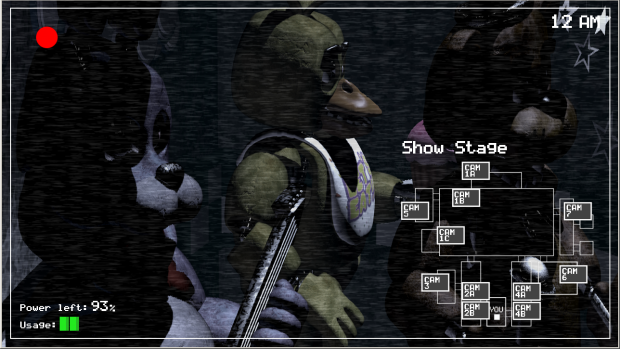Continuing on from #5: Destiny the next most disappointing game that I experienced is 'Elder Scrolls Online'; Bethesda's first attempt at making its historically single player game into an MMORPG experience. Admittedly it was always kind of expected that this game wouldn't be very good but, nevertheless, it was one of those games where I jumped straight onto the hype train. Whilst I hoped and prayed that it may not be as bad as what everybody was expecting it to be and gleefully anticipated the opportunity to play Elder Scrolls with friends, I was disappointed, though not surprised.
#4. Elder Scrolls Online
Developer: ZeniMax Online Studios
Genre: MMORPG
Release date: April 4th 2014
Platforms: PC, (Early 2015/Late 2014: PlayStation 4 and Xbox One)
ESRB: M - Mature
This game was a knife to my heart though admittedly I would probably still go on to buy it on console when it comes out since there are supposedly going to be several changes to improve it. As a lover of Elder Scrolls and a ‘frequent flyer’ when it comes to MMOs I eagerly anticipated the return to Tamriel and, although I enjoyed myself to some degree, the game was disappointing. It was perhaps naively optimistic to hope that the joining of a famously single player game with some multiplayer aspects would result in something beautiful but instead the two parts clash constantly. Whilst quests can be completed together the narrative focuses on you as an individual and any immersion acquired within the quest is quickly demolished by the sight of several other people performing the same ‘individualized’ quest. In quests leading to you making a decision that affects the world around you you can quickly find an incompatibility between your decisions and the decisions of your friends leading you to see two separate worlds and the inability to interact with your friend’s world. You may see enemies that you friends don’t, meaning they cannot jump in to help you as is standard in multiplayer gaming and sometimes you friend may turn invisible such as during the main questline, guild quests and when you’ve made different decisions in certain areas.

But it’s not just these two halves of a game that won’t fit together; the combat’s targeting system is irritating and the combat itself is clunky with the lag and bugs making it unpredictable. For fans of the Elder Scrolls series you’ll be disappointed at the lack of personality in NPCs, your inability to commit crimes and the complete lack of immersion in that you cannot interact with bodies or objects, fast travel is unrestricted and everything tends to appear out of thin air from fishing rods to horses. This game is infamously buggy and with shed loads of lag but those are likely to be fixed for the console release, if they’re not then there’s a serious problem going on with Bethesda, so I’ll try to ignore those downsides. If you enjoy the Elder Scrolls so much you’ll take anything that returns you to the world of Tamriel then you may get some fun out of it, I enjoy the idea of being able to play co-op and can generally overlook a LOT of negative points as long as I get mine but, still, it’s a very disappointing turnout for what could have been a fantastic edition to the series.
The Good:
- Decent crafting system
- Environments quite nice
- Nice variation of creatures and enemies
- 'Skyrim' with friends a nice experience
- Very good voice acting
- PVP is acceptable
- Skills trees are very good though not restricting on your play style
- Character customization is good for an MMO
- Lovely music and audio
The Bad:
- Dodgy co-op questing experience
- Very little teamwork
- Quite an empty game world for an MMO
- Limited interaction with the game world
- Repetitive, clichéd quests
- Not many voice actors, bad writing in places
- PVE is poor, unbalanced at times, boring the rest of the time
- Very laggy and bugged in its current form
The Score: 6/10
Final thoughts: "Despite my reservations I'd probably continue playing this, provided more content is included. As a diehard fan of the series I'll probably take anything that's thrown to me purely so I can play it with my partner, but that doesn't mean it's a good game."

































